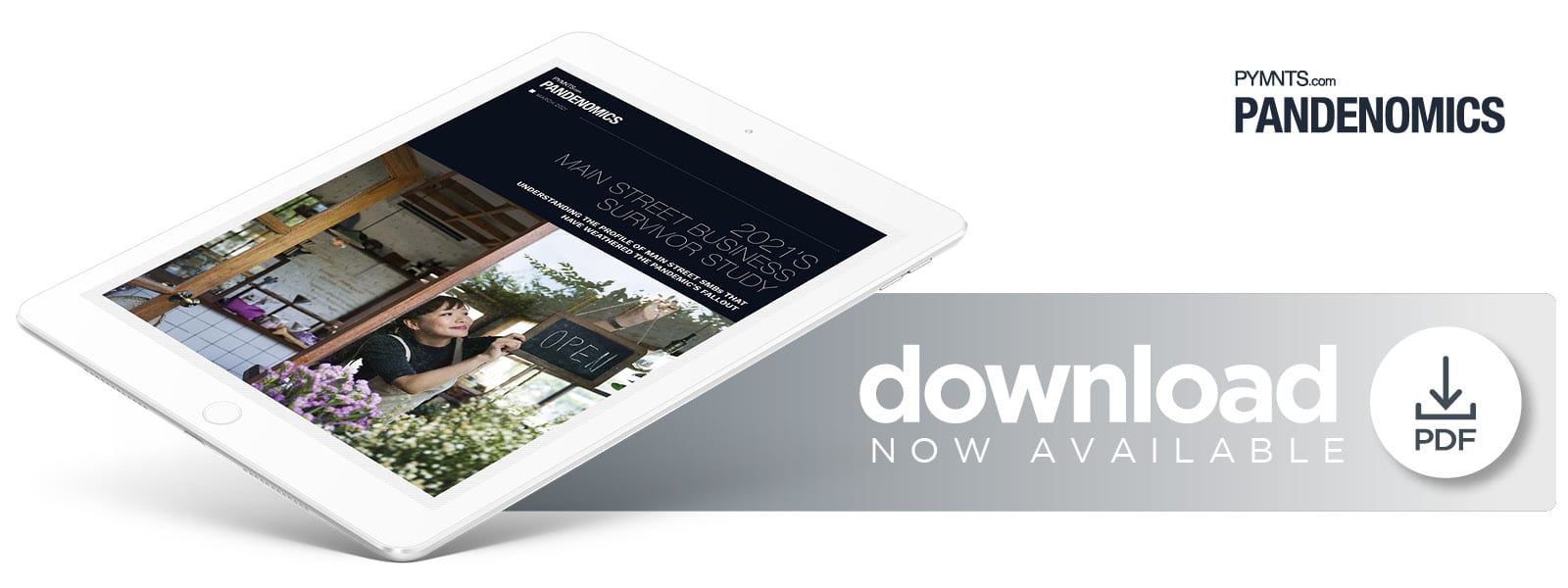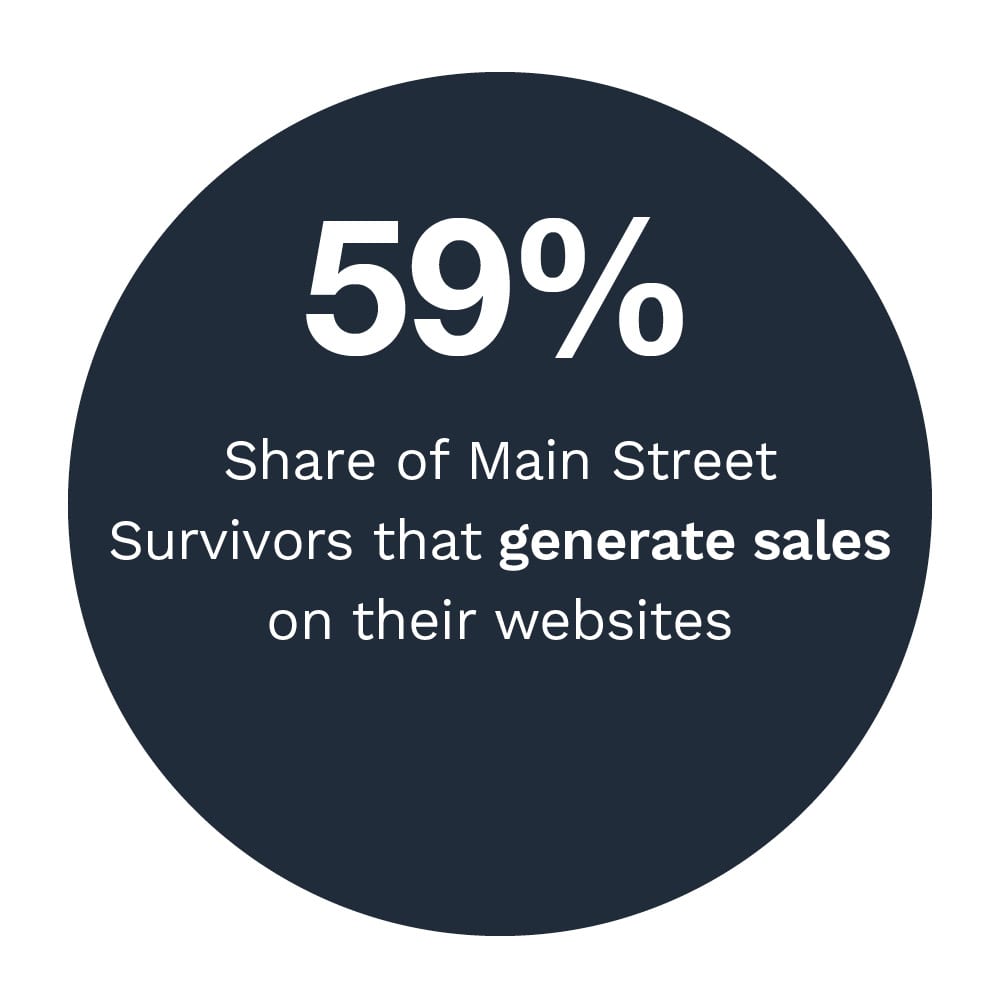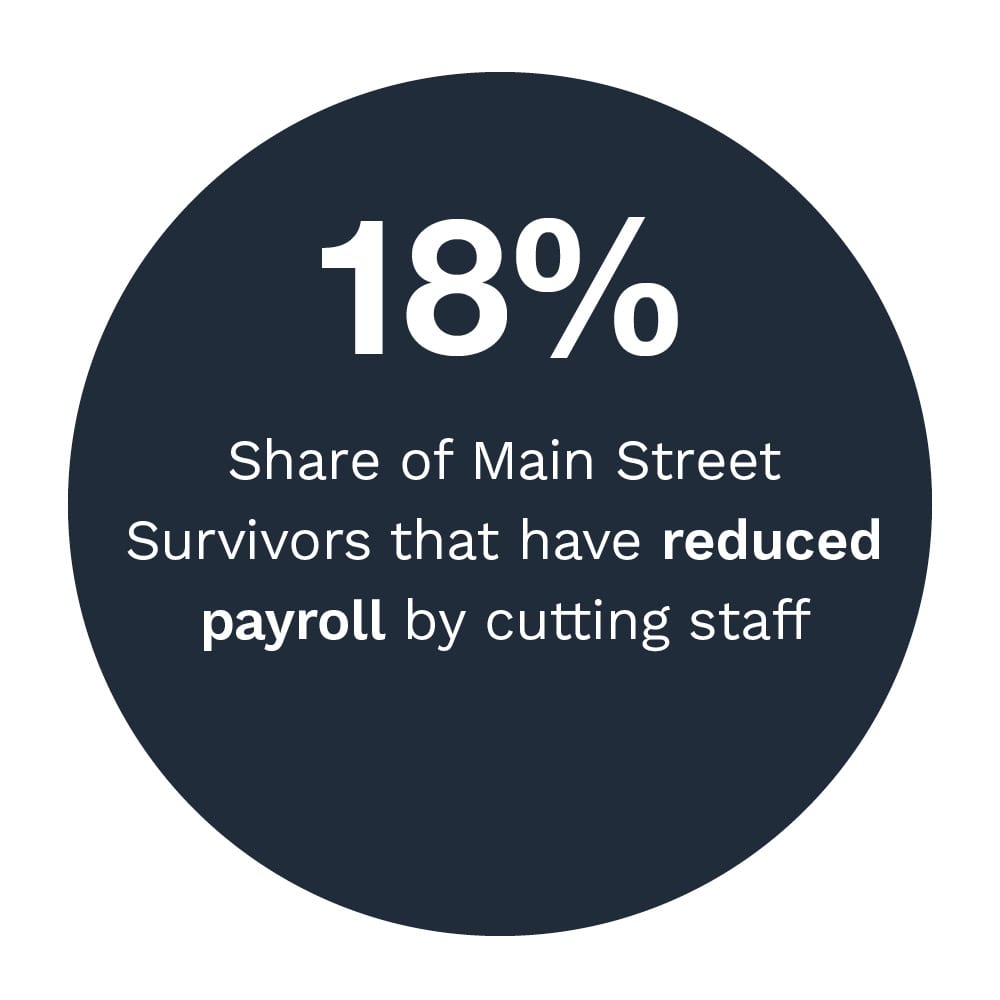NEW DATA: Digital Lessons From Main Street’s 2021 SMB Survivors

 The anniversary of the United States’ first pandemic-related lockdown measures is fast approaching. March 19 will mark 365 days since California became the first — though certainly not the last — U.S. state to implement a stay-at-home or shelter-in-place order, closing all nonessential businesses in the hopes of slowing the pandemic’s spread.
The anniversary of the United States’ first pandemic-related lockdown measures is fast approaching. March 19 will mark 365 days since California became the first — though certainly not the last — U.S. state to implement a stay-at-home or shelter-in-place order, closing all nonessential businesses in the hopes of slowing the pandemic’s spread.
 These measures had a swift and detrimental impact on the small- to midsized businesses (SMBs) with storefronts on Main Street U.S.A. The foot traffic that so many of them had relied on to generate sales came to an immediate halt, forcing many to grapple with cash flow shortages that persist to this day.
These measures had a swift and detrimental impact on the small- to midsized businesses (SMBs) with storefronts on Main Street U.S.A. The foot traffic that so many of them had relied on to generate sales came to an immediate halt, forcing many to grapple with cash flow shortages that persist to this day.
Many Main Street SMBs have been closed in the past year, but others have managed to stay afloat. These businesses have adapted their operations to meet their rapidly changing financial needs and have implemented new, innovative technologies and cash flow management practices to make their operations more resilient amid uncertainty. What do these so-called “Main Street Survivors” do differently than the rest?
In 2021’s Main Street Business Survivor Study: Understanding The Profile Of Main Street SMBs That Have Weathered The Pandemic’s Fallout, PYMNTS takes a close look at what sets Main Street Survivors apart. We surveyed 555 SMB owners with  brick-and-mortar locations on Main Street U.S.A. to examine the operational changes they have implemented since the pandemic began, how those changes have affected their financial stability and how many of them plan to maintain those changes once the crisis has subsided.
brick-and-mortar locations on Main Street U.S.A. to examine the operational changes they have implemented since the pandemic began, how those changes have affected their financial stability and how many of them plan to maintain those changes once the crisis has subsided.
Our research shows that there is no one-size-fits-all formula to explain why some Main Street SMBs thrive while others struggle, but many nevertheless take similar approaches to alleviate their financial struggles. The most common way that Main Street Survivors seek to drive sales is by tapping digital platforms, for example. Fifty-two percent of the Main Street SMBs that are still in business have begun either selling or advertising on digital marketplaces or aggregators since the pandemic began, giving them a new channel through which to reach buyers.
Many Main Street Survivors are also selling entirely different items than they did before the crisis’s onset. Our survey reveals that  33 percent of Main Street SMBs that are still open have switched their product offerings to sell more in-demand items. Twenty-nine percent have since switched to offering essential goods and services — thus classifying them as “essential” and allowing them to stay open even as lockdown measures shutter non-essential businesses.
33 percent of Main Street SMBs that are still open have switched their product offerings to sell more in-demand items. Twenty-nine percent have since switched to offering essential goods and services — thus classifying them as “essential” and allowing them to stay open even as lockdown measures shutter non-essential businesses.
Staying in businesses during the pandemic takes more than hefty sales, however, and no firms know that better than Main Street Survivors. The 2021’s Main Street Business Survivor Study: Understanding The Profile Of Main Street SMBs That Have Weathered The Pandemic’s Fallout details the numerous measures that have helped these businesses stay open and positioned them for success once the pandemic ends.
To learn more about what Main Street Survivors do differently, download the report.